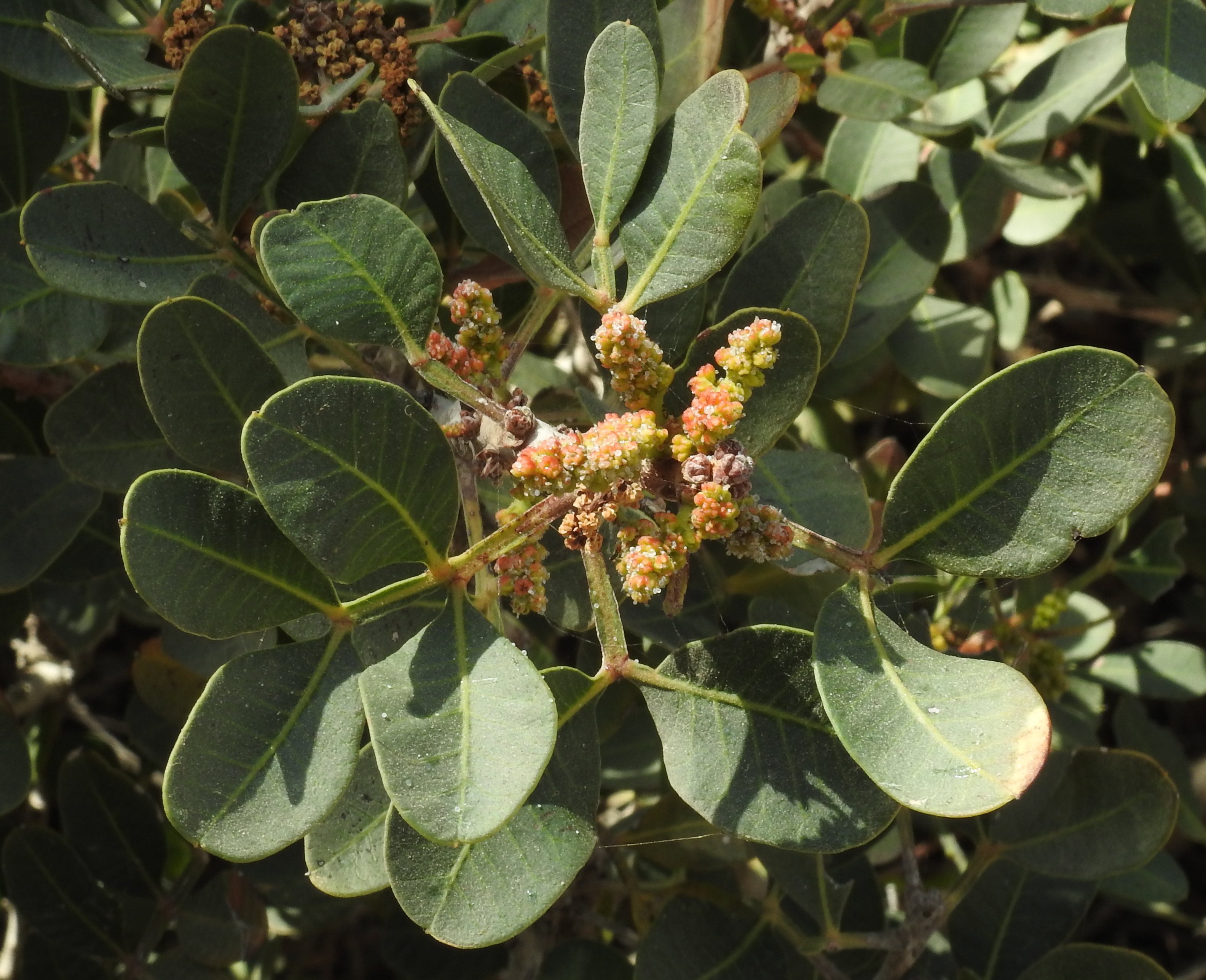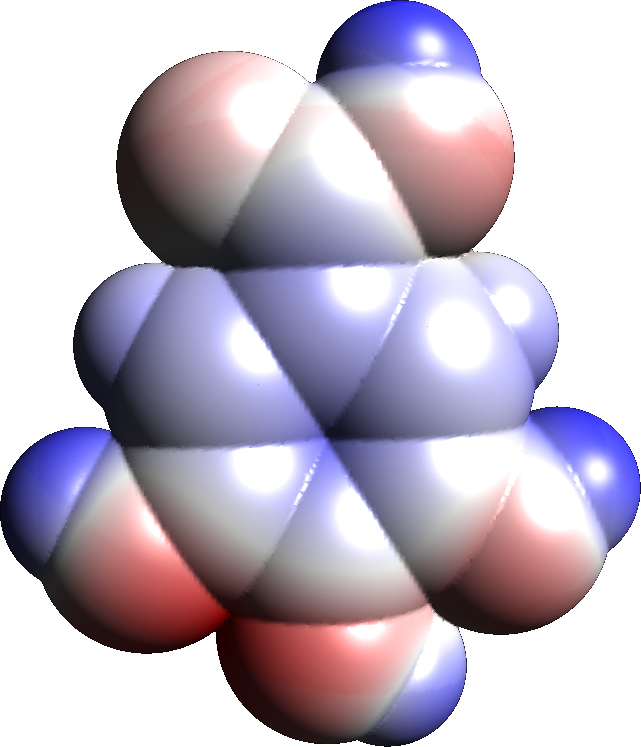|
Digallic Acid
Digallic acid is a polyphenolic compound found in '' Pistacia lentiscus''. Digallic acid is also present in the molecule of tannic acid. Digalloyl esters involve either ''-meta'' or ''-para'' depside bonds. Tannase is an enzyme that uses digallate to produce gallic acid. This enzyme can also be used to produce digallic acid from gallotannin A gallotannin is any of a class of molecules belonging to the hydrolysable tannins. Gallotannins are polymers formed when gallic acid, a polyphenol monomer, esterifies and binds with the hydroxyl group of a polyol carbohydrate such as glucose. Meta ...s. References Gallotannins Trihydroxybenzoic acids Pyrogallols Benzoate esters Vinylogous carboxylic acids {{aromatic-stub ... [...More Info...] [...Related Items...] OR: [Wikipedia] [Google] [Baidu] |
Pistacia Lentiscus
''Pistacia lentiscus'' (also lentisk or mastic) is a dioecious evergreen shrub or small tree of the genus ''Pistacia'' native to the Mediterranean Basin. It grows up to tall and is cultivated for its aromatic resin, mainly on the Greek island of Chios and around the Turkish town of Çeşme.''Pistacia lentiscus'' L. a Mansfeld's Database Taxonomy Description  The pla ...
The pla ...
[...More Info...] [...Related Items...] OR: [Wikipedia] [Google] [Baidu] |
Tannic Acid
Tannic acid is a specific form of tannin, a type of polyphenol. Its weak acidity ( pKa around 6) is due to the numerous phenol groups in the structure. The chemical formula for commercial tannic acid is often given as C76H52O46, which corresponds with decagalloyl glucose, but in fact it is a mixture of polygalloyl glucoses or polygalloyl quinic acid esters with the number of galloyl moieties per molecule ranging from 2 up to 12 depending on the plant source used to extract the tannic acid. Commercial tannic acid is usually extracted from any of the following plant parts: Tara pods (''Caesalpinia spinosa''), gallnuts from '' Rhus semialata'' or ''Quercus infectoria'' or Sicilian sumac leaves (''Rhus coriaria''). According to the definitions provided in external references such as international pharmacopoeia, Food Chemicals Codex and FAO-WHO tannic acid monograph only tannins obtained from the above-mentioned plants can be considered as tannic acid. Sometimes extracts from chestnu ... [...More Info...] [...Related Items...] OR: [Wikipedia] [Google] [Baidu] |
Depside
A depside is a type of polyphenolic compound composed of two or more monocyclic aromatic units linked by an ester bond. Depsides are most often found in lichens, but have also been isolated from higher plants, including species of the Ericaceae, Lamiaceae, Papaveraceae and Myrtaceae. Certain depsides have antibiotic, anti- HIV, antioxidant, and anti-proliferative activity ''in vitro''. As inhibitors of prostaglandin synthesis and leukotriene B4 biosynthesis, some depsides have ''in vitro'' anti-inflammatory activity. A depsidase is a type of enzyme that cuts depside bonds. One such enzyme is tannase. Examples Gyrophoric acid, found in the lichen '' Cryptothecia rubrocincta'', is a depside. Merochlorophaeic acid, isolated from lichens of the genus '' Cladonia'', is an inhibitor of prostaglandin synthesis. Some depsides are described as anti-HIV. See also *Salsalate homodimer formed from self-condensation of salicylic acid Salicylic acid is an organic compound with the ... [...More Info...] [...Related Items...] OR: [Wikipedia] [Google] [Baidu] |
Tannase
The enzyme tannase (EC 3.1.1.20) catalyzes the following reaction: :digallate + H2O = 2 gallate It is a key enzyme in the degradation of gallotannins and ellagicitannins, two types of hydrolysable tannins. Specifically, tannase catalyzes the hydrolysis of ester and depside bonds of hydrolysable tannins to release glucose and gallic or ellagic acid. Tannase belongs to the family of hydrolases, specifically those acting on carboxylic ester bonds. The systematic name is tannin acylhydrolase. Other names in common use include tannase S, and tannin acetylhydrolase. This enzyme has two known domains and one known active site. Tannase can be found in plants, bacteria, and fungi and has different purposes depending on the organism it is found in. Tannase also has many purposes for human use. The production of gallic acid is important in the pharmaceutical industry as it's needed to create trimethoprim, an antibacterial drug. Tannase also has many applications in the food and beverage ... [...More Info...] [...Related Items...] OR: [Wikipedia] [Google] [Baidu] |
Gallic Acid
Gallic acid (also known as 3,4,5-trihydroxybenzoic acid) is a trihydroxybenzoic acid with the formula C6 H2( OH)3CO2H. It is classified as a phenolic acid. It is found in gallnuts, sumac, witch hazel, tea leaves, oak bark, and other plants. It is a white solid, although samples are typically brown owing to partial oxidation. Salts and esters of gallic acid are termed "gallates". Isolation and derivatives Gallic acid is easily freed from gallotannins by acidic or alkaline hydrolysis. When heated with concentrated sulfuric acid, gallic acid converts to rufigallol. Hydrolyzable tannins break down on hydrolysis to give gallic acid and glucose or ellagic acid and glucose, known as gallotannins and ellagitannins, respectively. Biosynthesis Gallic acid is formed from 3-dehydroshikimate by the action of the enzyme shikimate dehydrogenase to produce 3,5-didehydroshikimate. This latter compound aromatizes. Reactions Oxidation and oxidative coupling Alkaline solutions of gallic a ... [...More Info...] [...Related Items...] OR: [Wikipedia] [Google] [Baidu] |
Gallotannin
A gallotannin is any of a class of molecules belonging to the hydrolysable tannins. Gallotannins are polymers formed when gallic acid, a polyphenol monomer, esterifies and binds with the hydroxyl group of a polyol carbohydrate such as glucose. Metabolism Gallate 1-beta-glucosyltransferase uses UDP-glucose and gallic acid, gallate to produce uridine diphosphate, UDP and 1-galloyl-beta-D-glucose. Beta-glucogallin O-galloyltransferase uses 1-O-galloyl-beta-D-glucose to produce D-glucose and 1-O,6-O-digalloyl-beta-D-glucose. Beta-glucogallin-tetrakisgalloylglucose O-galloyltransferase uses 1-O-galloyl-beta-D-glucose and 1,2,3,6-tetrakis-O-galloyl-beta-D-glucose to produce D-glucose and 1,2,3,4,6-pentagalloyl-glucose, 1,2,3,4,6-pentakis-O-galloyl-beta-D-glucose (1,2,3,4,6-penta-O-galloyl-β-D-glucose, the common precursor of gallotannins and the related ellagitannins). Tannase is a key enzyme in the degradation of gallotannins that uses digallic acid and H2O to produce gallic acid. See ... [...More Info...] [...Related Items...] OR: [Wikipedia] [Google] [Baidu] |
Gallotannins
A gallotannin is any of a class of molecules belonging to the hydrolysable tannins. Gallotannins are polymers formed when gallic acid, a polyphenol monomer, esterifies and binds with the hydroxyl group of a polyol carbohydrate such as glucose. Metabolism Gallate 1-beta-glucosyltransferase uses UDP-glucose and gallate to produce UDP and 1-galloyl-beta-D-glucose. Beta-glucogallin O-galloyltransferase uses 1-O-galloyl-beta-D-glucose to produce D-glucose and 1-O,6-O-digalloyl-beta-D-glucose. Beta-glucogallin-tetrakisgalloylglucose O-galloyltransferase uses 1-O-galloyl-beta-D-glucose and 1,2,3,6-tetrakis-O-galloyl-beta-D-glucose to produce D-glucose and 1,2,3,4,6-pentakis-O-galloyl-beta-D-glucose (1,2,3,4,6-penta-O-galloyl-β-D-glucose, the common precursor of gallotannins and the related ellagitannins). Tannase is a key enzyme in the degradation of gallotannins that uses digallic acid and H2O to produce gallic acid. See also * List of antioxidants in food This is a list of ... [...More Info...] [...Related Items...] OR: [Wikipedia] [Google] [Baidu] |
Benzoate Esters
Benzoic acid is a white (or colorless) solid organic compound with the formula , whose structure consists of a benzene ring () with a carboxyl () substituent. It is the simplest aromatic carboxylic acid. The name is derived from gum benzoin, which was for a long time its only source. Benzoic acid occurs naturally in many plants and serves as an intermediate in the biosynthesis of many secondary metabolites. Salts of benzoic acid are used as food preservatives. Benzoic acid is an important precursor for the industrial synthesis of many other organic substances. The salts and esters of benzoic acid are known as benzoates . History Benzoic acid was discovered in the sixteenth century. The dry distillation of gum benzoin was first described by Nostradamus (1556), and then by Alexius Pedemontanus (1560) and Blaise de Vigenère (1596). Justus von Liebig and Friedrich Wöhler determined the composition of benzoic acid. These latter also investigated how hippuric acid is related ... [...More Info...] [...Related Items...] OR: [Wikipedia] [Google] [Baidu] |

